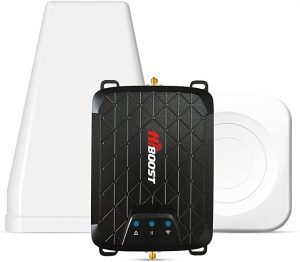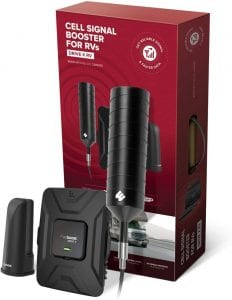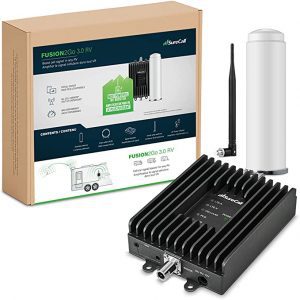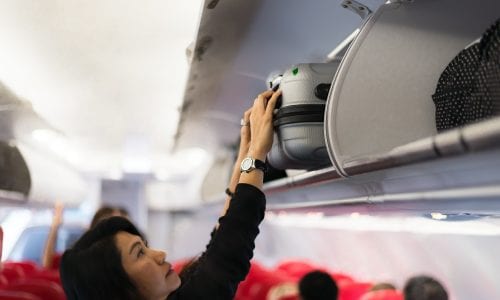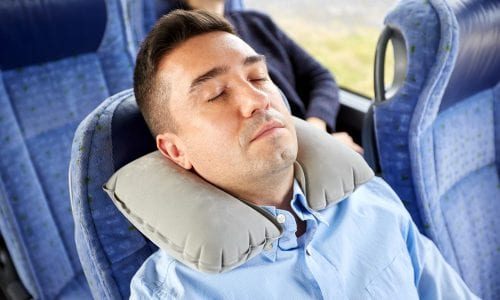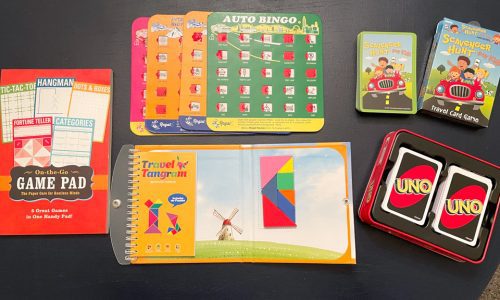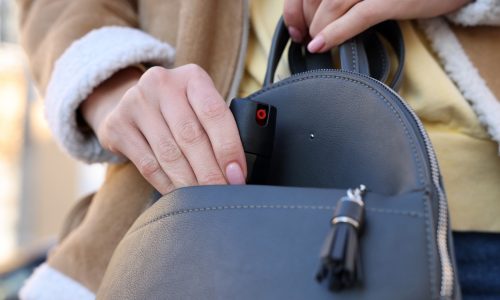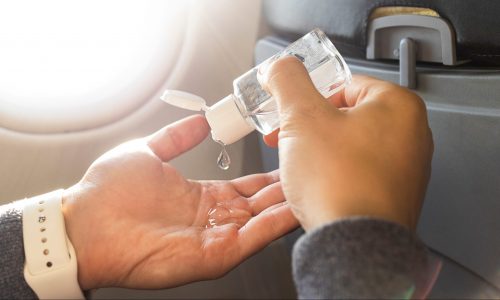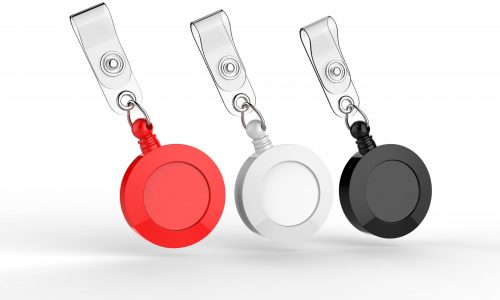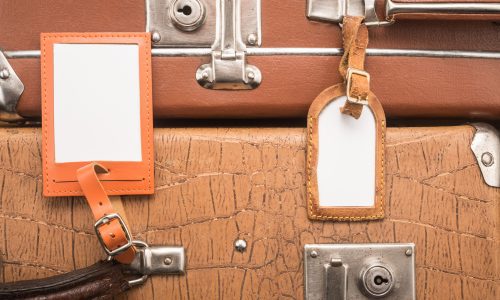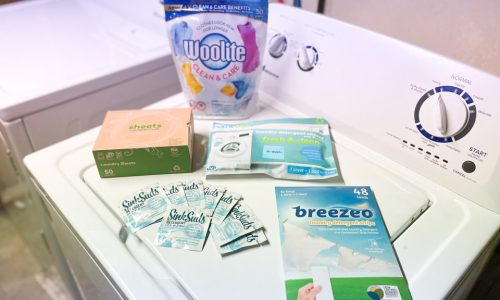The Best RV Cell Phone Booster For Amplifying Your Phone Signal
We looked at the top 3 RV Cell Phone Boosters and dug through the reviews from 8 of the most popular review sites including and more. The result is a ranking of the best RV Cell Phone Boosters.
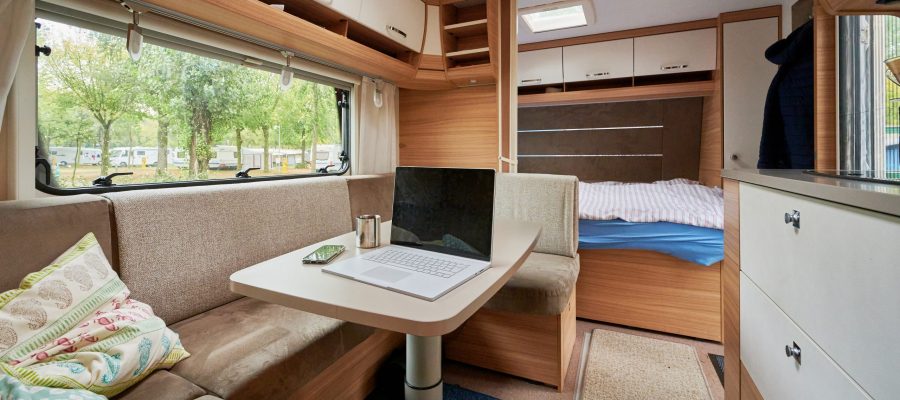
Our Review Process
Don't Waste Your Money is focused on helping you make the best purchasing decision. Our team of experts spends hundreds of hours analyzing, testing, and researching products so you don't have to. Learn more.
Our Picks For The Top RV Cell Phone Boosters
You'll experience less dropouts and improved audio when you opt for this RV cell phone booster. The device covers an area of 1,500 square feet and is compatible with all the major cell phone suppliers. In addition to your RV, you'll find this booster works great in basements, cabins and even hotel rooms.
Budget-Friendly OptionAlthough this RV cell phone booster has a more affordable price tag, it still offers top-notch service.
Amplifying 3G and 4G LTE signals up to 50 dBm, this signal booster is also compatible with 5G. Plus, it has the power to support connectivity for multiple users in one place. This outdoor antenna offers easy, tool-free installation. The signal booster also boasts a long battery life and works both in stationary and mobile situations.
Upgrade PickThis RV cell phone booster has patented technology that detects nearby conditions and adjusts connectivity to give you the best signal.
This RV cell phone booster includes exclusive technology that promises to double your output power, keeping you connected as you move farther from the nearest cell tower. You'll get all the hardware necessary to install the booster, as well as 40 feet of coax cable and both AC and DC power supplies. LED lights help troubleshoot connectivity issues.
Two Power Supply OptionsThis booster comes with power supplies for both 120v and 12v, making it a durable and versatile option for boosting available signals.
Buying Guide
Traveling in an RV is a unique experience, allowing you to spend time camping or to travel from one place to another without cumbersome and expensive hotel check-ins. But as you hit those remote locations, getting a signal to use your beloved devices can be challenging. That’s where an RV cell phone booster can come in.
The first thing you should know is that boosters can’t make a connection happen where there isn’t one. They search for a nearby signal, connect and rebroadcast that signal into the nearby area. As you send information out from your device, the signal booster goes right to work, grabbing your message and sending it to the closest tower. The process works in reverse, too. The result is that you don’t have to worry about being out of touch for the week that you’re camping with your family in the woods or traveling through rural areas to get to your next destination.
Signal boosters have three main components: an external antenna to capture a signal, an amplifier to boost that signal and an indoor antenna to rebroadcast the signal to the immediate area. Each of those components is connected by a coaxial cable to maintain the integrity of the boosted signal.
If you’re buying a signal booster for use in your RV, you’ll need a way to mount it somewhere on the outside. For best results, place the antenna as high as possible to give it the best chance of receiving an unimpeded signal. Many RV boosters come with mounting hardware to ensure they stay put once you’ve installed them.
As cell phone waves are radio waves, signal boosters use bands like CB radios. For that reason, you’ll see their performance listed in decibels. Cell phone signals will usually range from -50 dBm, which is decibel milliwatts, to -120 dBm. When you reach -50 dBm, your phone is at full bars. When you look at your phone and see no bars, you’re ranging closer to -120 dBm. A booster pushes your signal as close as it can get to -50 dBm, but if your signal is at -120 dBm at your current location, it’s unlikely the booster will be able to get enough of a signal to do its work.
When shopping for a signal booster, keep in mind where you’ll be traveling and how you’ll be using it. Boosters aren’t always the best solution, as they may result in low data speeds and don’t work when there’s an overloaded tower or an already good signal.
You’ll also need to familiarize yourself with the design of your RV and make sure you find one that you can reliably mount using the hardware provided.
Why we recommend these rv cell phone boosters?
Products Considered
Products Analyzed
Expert Reviews Included
User Opinions Analyzed
Our experts reviewed the top 3 RV Cell Phone Boosters and also dug through the reviews from 8 of the most popular review sites including and more. The result is a ranking of the best of the best RV Cell Phone Boosters.
DWYM is your trusted roduct review source. Our team reviews thousands of product reviews from the trusted top experts and combines them into one easy-to-understand score. Learn more.
What to Look For
- You’re going to want to know the FCC rules regarding the use of your signal booster. For example, some signal boosters can’t be used while on the move due to the interference they cause with local operations. In certain cases you may want two boosters, to offer both stationary and mobile coverage — or you can opt for a less powerful unit that suits both purposes.
- It’s important to look for FCC certification on any signal booster you buy. You’ll want to make sure it was developed in compliance with federal communications regulations. You’ll also need to register your device with your wireless provider.
- There are two types of outdoor antennas. One is an omnidirectional antenna that can pull a signal from 360 degrees. For an RV, this is ideal because you’ll likely be traveling through different areas, with different cell tower locations throughout your journey. The other type is a unidirectional antenna, which needs to be pointed in the general direction of the tower. This can be more powerful than an omnidirectional antenna but having to direct it can be a big challenge when you don’t plan to always be using it in the same location.
- Signal boosters may list the coverage area they can typically handle. Again, you won’t be always able to predict your location with RV travel, so one with the most flexibility in coverage is ideal. You can find boosters that have a range as far as 100,000 square feet, but these are typically for commercial use. Chances are, most of the amplifiers you’ll find for consumer use don’t extend farther than 7,500 square feet.
- Interference can keep a signal booster from doing its job. If you’re having difficulty getting a signal, it could be that something is blocking the signal from getting to your booster as well as your mobile devices.
- If you have both an indoor and outdoor antenna to boost your signal, check your owner’s manual to find out how far apart they need to be placed. If they’re too close to one another, you’ll suffer from something called oscillation, which will shut down your signal booster.
- Most signal boosters will be labeled that they can work with “all cell phone brands” and may offer a list of the carriers and device types supported. Signal boosters aren’t platform-specific. The decibel range is the most important factor, as well as any special technology that can compensate for any obstacles that might block your signal.
- Installing your signal booster can be challenging. You might need a ladder and someone to help as you climb up to mount it in a high enough position to grab the best signal.
- Make sure your signal booster supports the latest wireless technology. Many boosters can now amplify up to 4G LTE signals. Since 5G is still in the earliest phases of rollout, you likely won’t find that listed as supported on most boosters yet.
- Some boosters come with a power switch, which can help you save battery power when you aren’t using it.
- You’ll need to keep the manual close by for boosters that have LED lights. The manual will let you know what the lights mean. Some come with multiple lights, while others simply change color to let you know what’s happening.
More to Explore
Everyone worries about being out of touch for hours at a time, but for some, that worry moves toward anxiety. Nomophobia, which stands for “no mobile phone phobia” is a psychological condition marked by a fear of being without connectivity. Symptoms of nomophobia are the same as with many other phobias, including anxiety, respiratory changes, trembling, perspiration, agitation, disorientation and tachycardia (high heart rate).
Although many don’t have an actual phobia over it, cell phone dependence is an ongoing issue. In fact, a Strategus study found that 62% of smartphone users check their devices immediately upon waking. An even larger 80% check it within the first hour that they’re awake each day. And people spend an average of 2 hours and 15 minutes daily on their phones while checking them 80 times per day.

